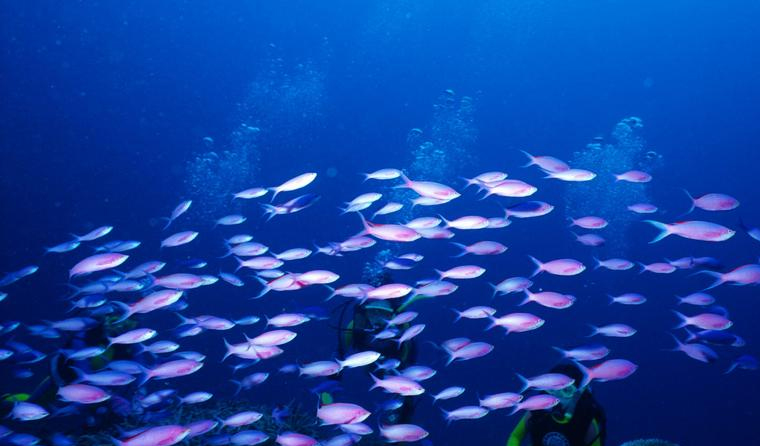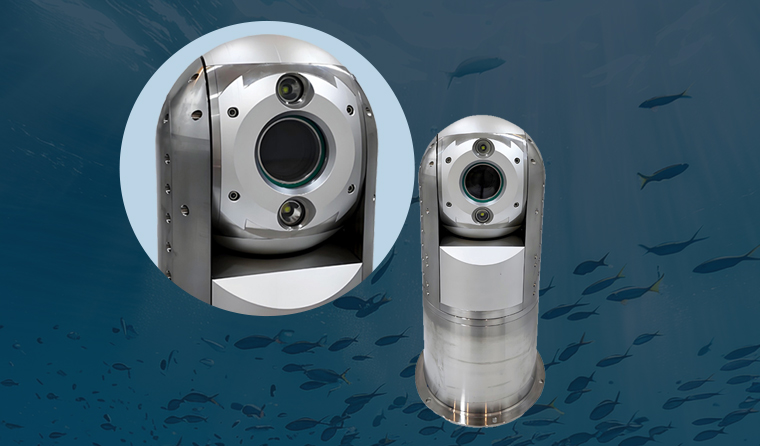
The lifespan of an underwater breeding camera is not a fixed value, usually ranging from 3 to 8 years. It is mainly affected by three core factors: equipment quality, the degree of erosion in the usage environment, and frequency of daily maintenance. Scientifically controlling these three points can significantly extend the effective service life of the equipment.
First of all, equipment quality is the basic guarantee for lifespan. The core components and protective design of high-quality models directly determine durability: the shell is made of 316L stainless steel instead of ordinary metal, which can resist long-term corrosion from seawater and microorganisms; the lens uses sapphire glass, which is scratch-resistant and has stable light transmittance, avoiding premature scrapping due to lens wear; the sealing process must meet IP68 or higher waterproof rating, combined with multi-layer sealing rings, which can reduce water leakage failures (water leakage is one of the main reasons for equipment scrapping). The basic lifespan of such high-quality models can generally reach more than 5 years, while inferior models may have problems such as shell rust and blurry lenses in 1-2 years due to substandard materials and craftsmanship.
Secondly, the degree of erosion in the usage environment can significantly shorten or extend the lifespan. Freshwater pond breeding (low salt, low microorganisms) causes the least wear to the equipment, and the lifespan can be close to the upper limit of 8 years; inshore mariculture (high salt, high plankton) will accelerate shell aging and interface corrosion, and without additional protection, the lifespan may be shortened to 3-4 years; deep-sea breeding (high water pressure, low temperature) has extremely high requirements for the pressure resistance of the equipment. If a non-customized high-pressure model is used, internal components may be damaged due to water pressure impact, and the lifespan may even be less than 3 years. In addition, if there is a lot of sludge and algae in the breeding area, frequent attachment to the lens will increase the frequency of cleaning, which will also indirectly wear the equipment.

Finally, daily maintenance is a key means to extend the lifespan. Three core operations need to be performed regularly: clean the lens with a neutral cleaning agent every week to prevent attachments from corroding the lens; check the sealing rubber strip every 3-6 months and replace it in time if aging is found; conduct a water pressure test once a year to confirm that the waterproof performance of the equipment has not deteriorated. If it is idle for a long time, it should be stored in a dry place and checked regularly with power on to prevent components from being damaged by moisture. The lifespan of well-maintained equipment can usually be extended by 1-2 years; otherwise, it may be scrapped 1-3 years in advance.
In summary, by selecting high-quality equipment, adapting to the breeding environment and adhering to scientific maintenance, the underwater breeding camera can be used stably for about 5 years; if any link is ignored, the lifespan may be significantly shortened, increasing the breeding cost.
For more information about underwater aquaculture camera, please visit the homepage.

